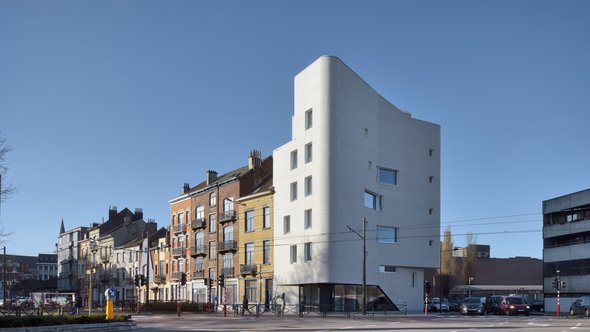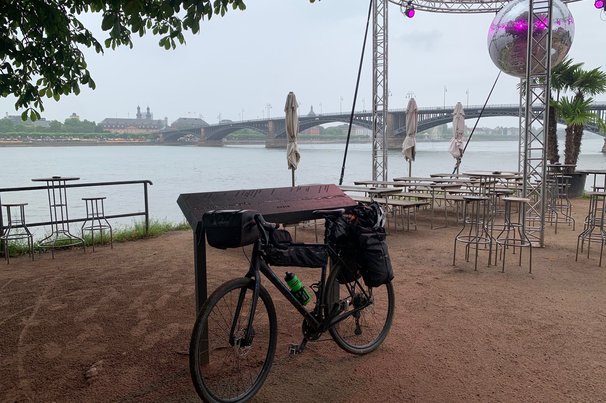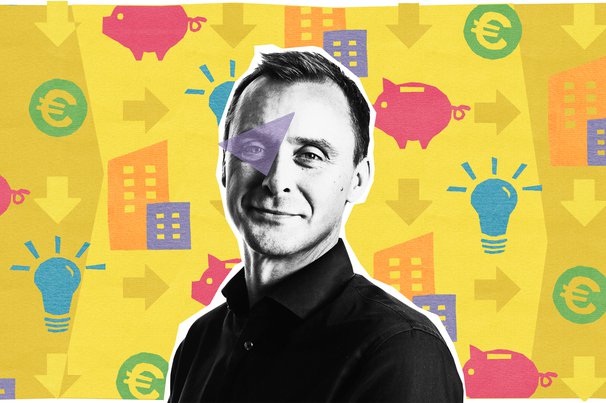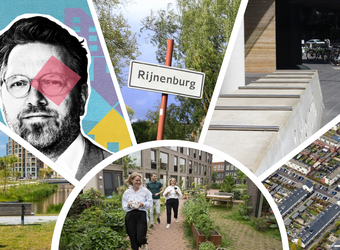Recensie Steeds vaker wordt er gepraat over de flexibele stad. Een mooi moment voor een boekbespreking over het recent verschenen boek ‘The flexible city’ vol met praktijkvoorbeelden uit heel Europa. Met als referent de volgende drie statements: Veel nadruk wordt gelegd op de organisatie van processen in plaats van de organisatie van ruimte waar architecten en stedenbouwkundige een belangrijke bijdrage kunnen leveren; Veel geloof wordt gehecht aan co-creatie processen, maar het is vooral de krimpende middenklasse die hier aan deelneemt; Lokale initiatieven zijn niet altijd het beste antwoord op systeem vragen, zoals bijvoorbeeld op het gebied van milieu..
This book gives a rich overview of how to include people in the process of urban development. The division in four limiting conditions for the flexible city with each nine instruments and nine examples from European cities, makes it a challenge to keep track, but the clear layout makes life easier.
Timeis put center stage and the authors call for flexible cities where reuse and adaptation are key. Most of the instruments described deal with how to use space differently and not so much with how interventions in space can change use. Put it differently, using social scientist Lefebvre words, the book focuses on how people produce space by giving it meaning. That people also are products of that space as it affords certain processes to take stage, is discussed far less. As architects it is key to understand the dynamics between these two. Accepting space as a fixed frame where interventions are reduced to re-using old building or adding temporary functions to unused open spaces is ignoring the power of the architect. One example in the book, however, is an exception and shows the impact spatial interventions can have. In the project Navez-Portaels in Brussels (p. 167), a new bridge connects two segregated neighbourhoods with an enormous impact both on the local square, but also in the areas it connects.
As architect, I lacked this spatial focus and want to warn for a reductionist view on urban development as organizer of events instead of organizer of space. In my opinion, the focus should be on the latter in order to make the first happen.
The book is rich in positive examples of how to organize the process of urban development where people involvement, small scale and bottom up approaches are in focus. However, there is a risk with such an approach which, unfortunately, is not discussed by the authors. Firstly, it is known that not all groups in society are easily involved in co-creation processes. It is the middle class that tends to dominate. Secondly, small scale, locally initiated interventions are in most cases not capable to deal with environmental problems where interventions on a systemic level are needed.
Closing with the beginning, the prologue is confusing. A background is given by describing 16 cities in Europe, but these are not the same as the ones used later in the book. Further, what is described here is only very loosely connected to what follows. You might as well start with chapter 1 and avoid getting confused.
On the other hand, something important is put on the table in the prologue, that is, the uneven urban development with on the one hand fast growing cities and on the other hand shrinking towns in the periphery of Europe. However, the authors fail to spell it out clearly and the reader is left alone with a description of 16 cities in Europe.
To sum up, this is an interesting book where people, time and process are in focus, but do not expect solutions for the big environmental challenges or inequalities in Europe. Further, I hope for a part II where the spatial instruments are more central and where the complexity of the whole system is included, even when discussing local projects.
Cover: ‘meta2’





